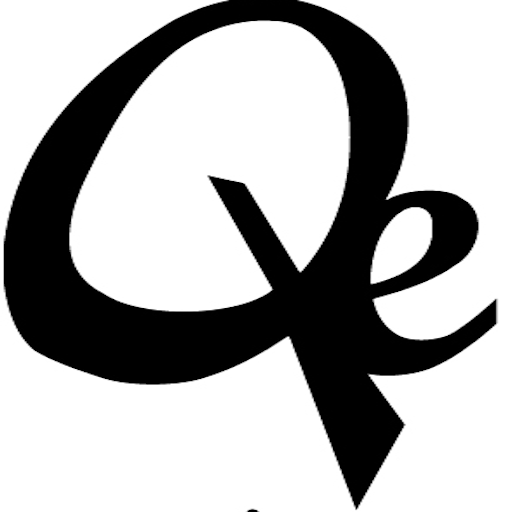How Many Different Royalties Can You Receive As A Music Artist?

Music artists can receive various types of royalties for their work. These royalties are typically generated from the use and distribution of their music across different platforms and mediums. The specific types of royalties a music artist can receive include:
1. **Mechanical Royalties:** These royalties are generated from the sale and distribution of physical copies (e.g., CDs, vinyl records) and digital downloads of your music. They are paid to songwriters and music publishers.
2. **Performance Royalties (PRO Royalties):** These royalties are earned when your music is performed or broadcast publicly. This includes radio airplay, live performances, and plays on streaming platforms like Spotify and Apple Music. Performance rights organizations (PROs) like ASCAP, BMI, and SESAC collect and distribute these royalties to songwriters and publishers.
3. **Synchronization (Sync) Royalties:** Sync royalties are earned when your music is used in TV shows, movies, commercials, video games, or other visual media. You receive compensation for allowing your music to be synchronized with these visual works.
4. **Streaming Royalties:** Music artists earn royalties from streaming platforms like Spotify, Apple Music, and YouTube for each play of their songs. These royalties are typically smaller per stream but can add up significantly with a high volume of plays.
5. **Public Performance Royalties (Venue Licenses):** When your music is performed live in venues like bars, clubs, and concert halls, the venue is usually required to have a public performance license, and royalties are collected and distributed by PROs.
6. **Print Music Royalties:** If you have sheet music for your compositions, you can earn royalties when it’s sold, rented, or used in educational settings.
7. **Digital Performance Royalties (SoundExchange):** SoundExchange collects and distributes royalties to performers (not songwriters) for digital performances of sound recordings on non-interactive digital platforms like Pandora and SiriusXM.
8. **Neighboring Rights Royalties:** In some countries, performers and recording artists can earn royalties when their music is broadcast or played in public. This is separate from traditional performance royalties and is often referred to as “neighboring rights.”
9. **YouTube Content ID Royalties:** If you monetize your music on YouTube, you can earn royalties through the Content ID system, which identifies and monetizes user-uploaded videos containing your music.
10. **Residual Royalties (for Actors in Music Videos and Commercials):** If you appear in a music video or a commercial that features your music, you may receive residuals for repeat airings or viewings.
It’s essential for music artists to understand these different royalty streams and how they work to ensure they receive fair compensation for their work. Additionally, the specific royalties you receive can depend on factors such as your role (songwriter, performer, or both) and your agreements with record labels, music publishers, and collecting societies.








